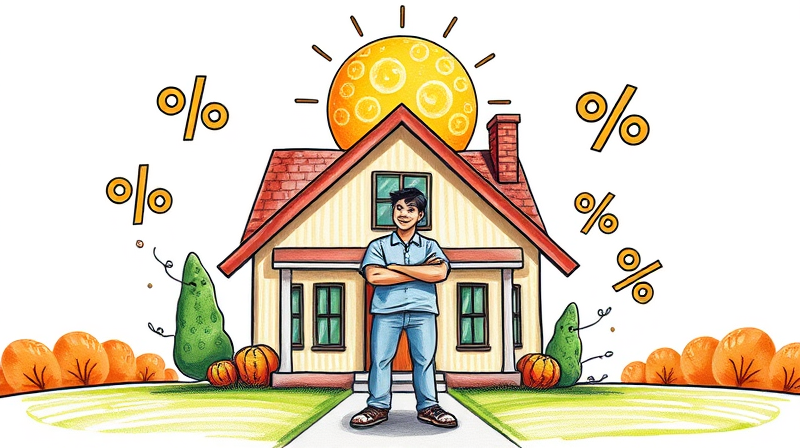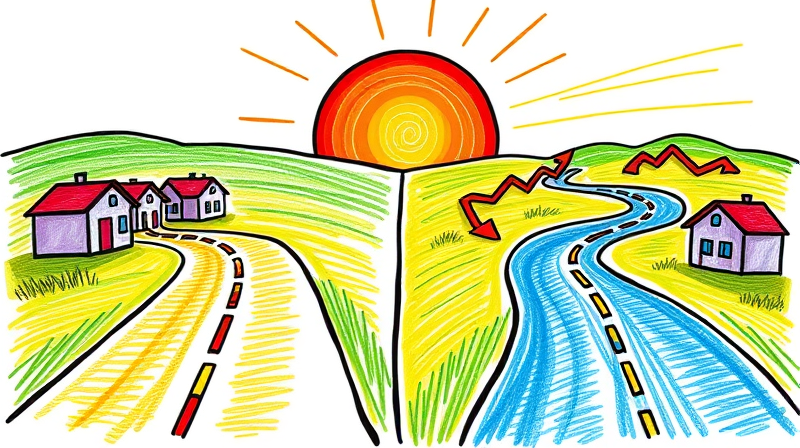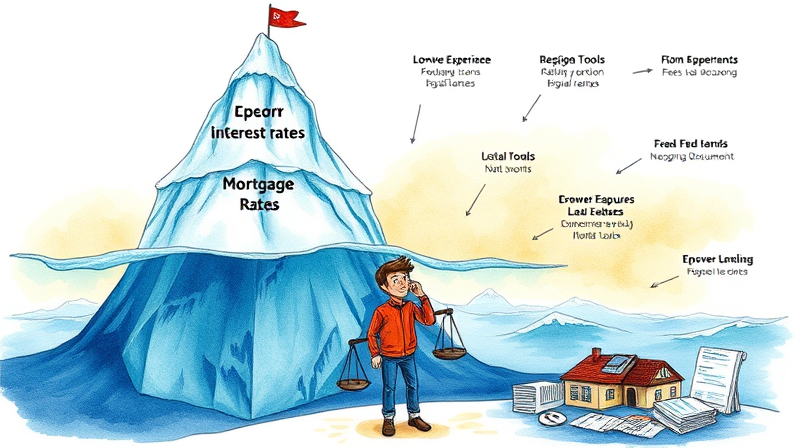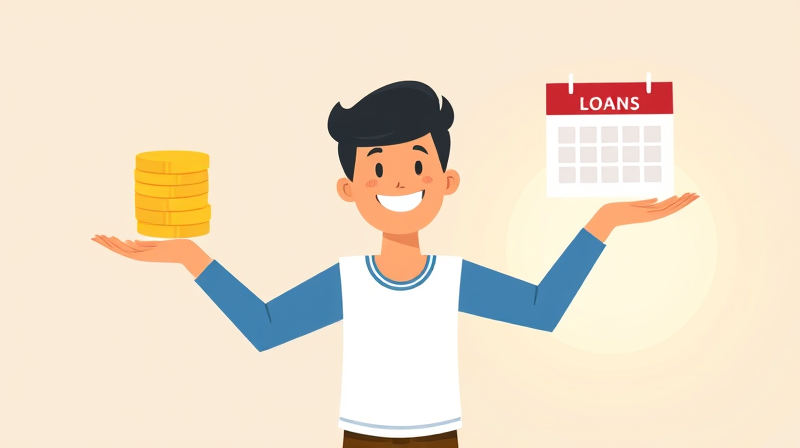
Picture this: Maria, a single mother, scrapes together rent, only to face a sudden medical bill. A payday lender offers $300 in minutes. It feels like rescue—until the fees mount and the due date looms, forcing her to roll over the loan and dig deeper into debt. Stories like Maria’s are common, yet too often overshadowed by the quick-fix marketing of predatory lenders.
This article uncovers the hidden financial burdens of payday loans, highlights the people most at risk, delves into the regulatory environment, and presents reliable, low-cost funding solutions that empower borrowers to maintain control over their finances.
Payday loans advertise themselves as lifelines during emergencies, but they come with an exorbitant price tag. With average APRs approaching 400%, borrowers paying a simple $300 advance can owe over $1,600 if they roll over the loan four times. This snowball effect compounds debt quickly, turning a short-term solution into a long-term financial crisis.
In 2022, Americans took 20 million payday loans totaling $8.6 billion, only to be charged more than $2.4 billion in fees. Many of these transactions occur online, outside traditional oversight, making the real cost even greater. Research shows that over 80% of borrowers end up renewing or extending their loans, a clear sign that most cannot repay on time.
These fees are not just numbers on paper—they affect families. A borrower may skip essential bills, cut back on groceries, or miss rent payments to cover the renewed loan. The stress and uncertainty of looming debt can lead to sleepless nights, strained relationships, and in some cases, mental health challenges.
Payday loans disproportionately impact those with limited options. The majority of borrowers are underbanked—lacking access to a checking or savings account—and thus excluded from traditional banking services. Recent immigrants may not meet documentation requirements for a bank loan, pushing them toward payday lenders.
These factors intersect: for instance, a young professional with student loans and no credit history may find payday loans the only accessible option during emergencies. Recognizing this vulnerability is key to directing people toward supportive financial resources that fit their circumstances.
The patchwork of state regulations creates stark differences in payday loan usage. In strongly regulated regions, payday loan volume drops by more than half. States that ban or cap rates at 36% see dramatically lower borrower stress and fewer cycles of reborrowing.
Colorado’s reforms, for example, replaced payday loans with installment plans offering 120 days to repay. These changes have reduced default rates and improved borrower well-being, illustrating the power of policy to foster healthier financial habits.
Before turning to a high-cost lender, explore these viable, affordable funding options for emergencies:
Some employers now partner with fintech platforms to offer employees earned-wage access. This approach bridges cash flow gaps without debt and can be an immediate, no-cost solution for eligible workers.
Emergencies will occur, but preparation is the best defense. Start with these steps:
Over time, these habits cultivate an emergency fund that reduces borrowing need and builds long-term security. Coupled with a strong credit history, individuals can access lower-interest products when larger needs arise.
The allure of quick cash through payday loans is understandable, but the ensuing fees and short deadlines can trap borrowers in relentless cycles of debt. By understanding the risks, tracking state regulations, and choosing alternatives like PALs, cash advance apps, and emergency grants, consumers can weather financial storms without sacrificing stability.
Take charge of your financial journey: connect with your local credit union, explore employer-sponsored wage access, and start building a modest emergency fund. These steps empower you to face unforeseen costs with confidence, fostering lasting financial health and independence.
References













